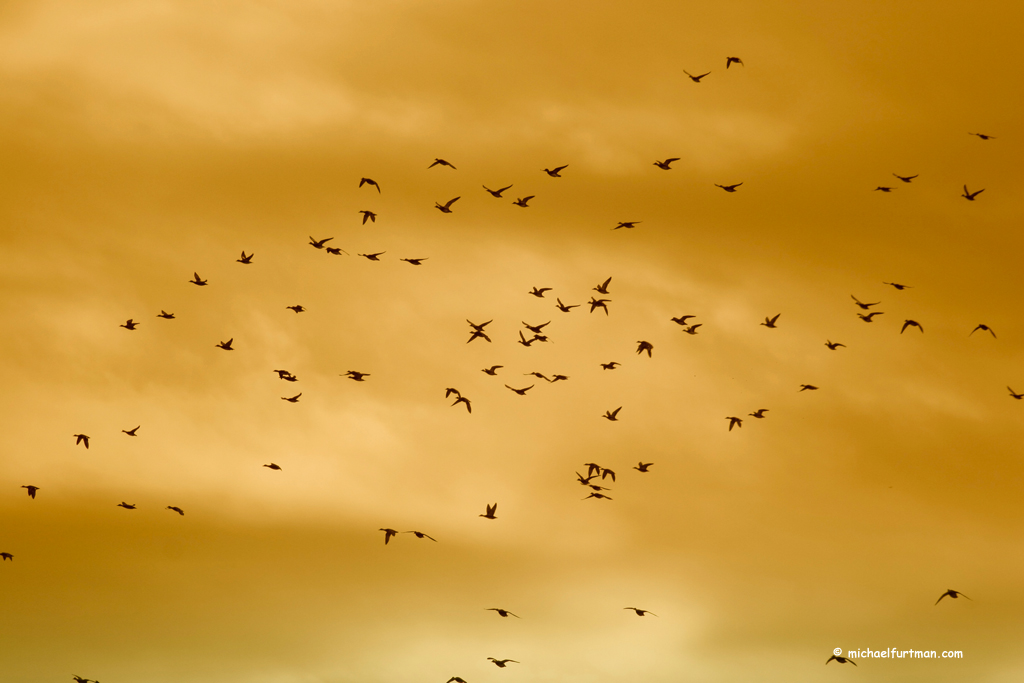Wyoming's Role in Waterfowl Migration
Conserving and protecting critical habitat and food sources to help ducks complete their annual cycles
Conserving and protecting critical habitat and food sources to help ducks complete their annual cycles

You might not realize it, but there are several environmental and biological factors that play a role in a duck's life cycle, and opportunities in each stage where conservation and sound resource management can positively impact waterfowl health and population numbers.
It might seem obvious, but the availability and accessibility of secure nesting sites for egg laying, combined with water and food sources for brood rearing, are paramount. Of nearly equal importance is quality resting habitat and abundant food sources for wintering birds. These two habitat types are present on the landscapes of Ducks Unlimited's highest (Level I) priority initiatives across the continent.
Less obvious but nonetheless very important are the opportunities to affect the health and condition of birds between the two endpoints of their migration routes. The spring migration is an arduous journey for waterfowl, and birds expend huge amounts of energy, muscle and fat mass along the way. That's why intermittent resting and refueling stops are essential to help birds keep moving and maintain their health.
When hens arrive on nesting grounds, the timing of their arrival and their bodies' preparedness for egg-laying influence both their clutch size and the success or failure when brood rearing. Birds reaching breeding grounds healthy and strong have an advantage going into what is a very taxing portion of the annual life cycle. That's why migration stopovers providing the protein- and calcium-rich nutrition hens require figure so heavily into the nesting process. These sites are not simply duck parking lots, but seasonal wetlands teeming with insects, mollusks and amphibians in egg, larvae and juvenile forms that provide the all-important calcium and protein waterfowl species need.
Ducks Unlimited projects in the Great Plains and Northern Rockies are located, designed and managed specifically to provide the kind of nutritious stopovers essential for nesting success farther north. Seasonal flooding and drying cycles are important phases on the overall Western landscape that serve a host of other species besides waterfowl—in addition to the flood control, water quality and water table recharge functions of wetlands everywhere.
So, while Wyoming may not claim to offer an abundance of glorious nesting or wintering habitat, the conservation and protection of the resources that exist offers a very real opportunity to directly affect waterfowl population outcomes. While our state's small, scattered, seasonal wetlands may not exactly resemble the lush wetlands to the north, the contributions to the waterfowl life cycle are definitely critical to the outcomes.
Ducks Unlimited uses cookies to enhance your browsing experience, optimize site functionality, analyze traffic, and deliver personalized advertising through third parties. By continuing to use this site, you agree to our use of cookies. View Privacy Policy